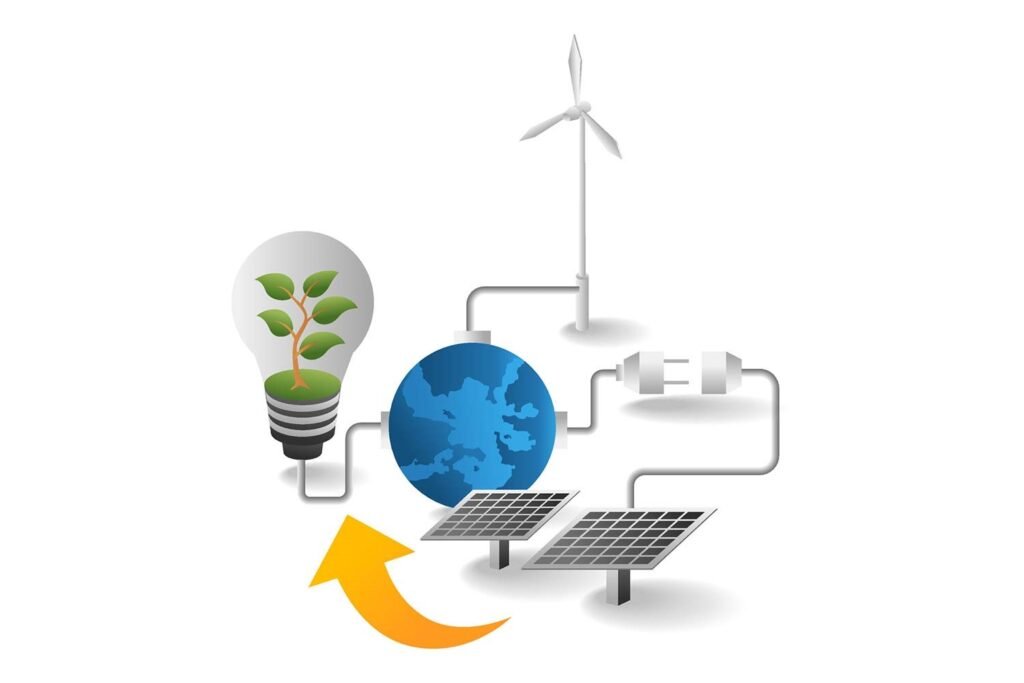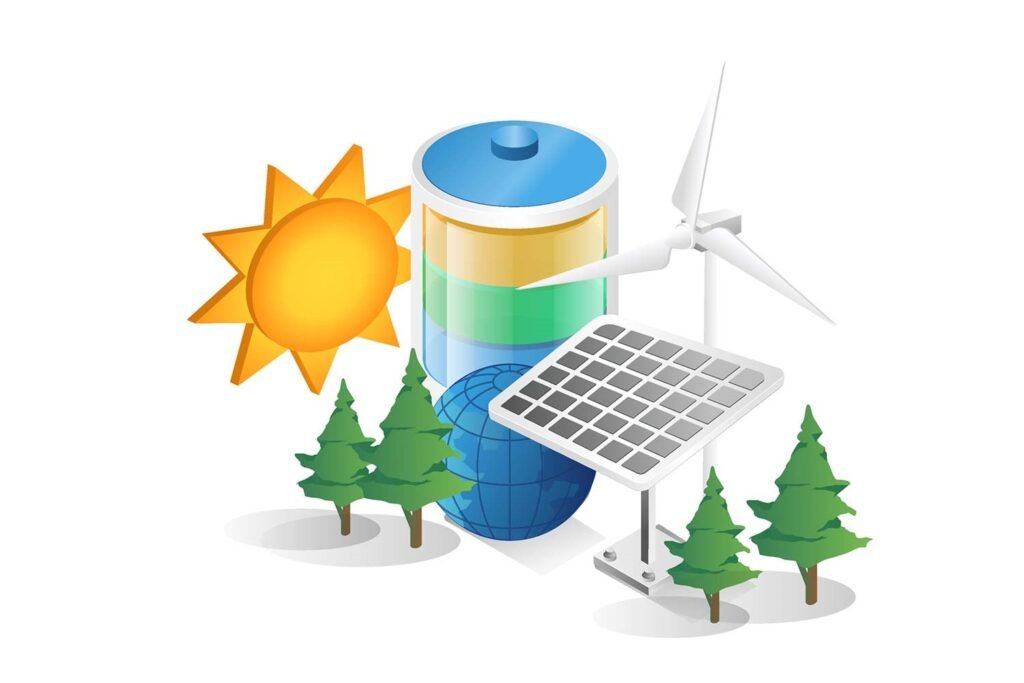Renewable energy investing means investing in clean energy sources like hydropower projects, solar and wind. As the world moves towards sustainable energy, investors looking for long term returns while supporting environmental goals need to learn both the opportunities and challenges in renewable energy investing.
This post will cover important investment opportunities, major hurdles and how to manage the renewable energy market.
Current Landscape of Renewable Energy Investing
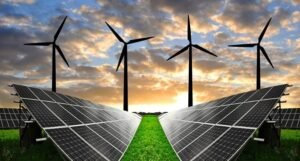
As of now, global clean energy investment has hit a record high of over $3 trillion for the first time in 2024. Clean energy spending is now 2x of fossil fuel investments and solar power investments are also projected to reach $500 billion this year. China is now leading in clean energy investment around the world. The United States and EU also make great investments in this field. But there is a huge gap in the distribution of these investments. 85% of the investments are in developed economies and China. While emerging markets which have 2/3 of the world’s population, get only 15% of the total investment.
Opportunities in Renewable Energy Investing
Renewable energy areas have many investment opportunities for investors. Beyond the obvious benefits of cost savings and government support, this space is seeing rapid technological progress and growing market size. Following developments make renewable energy an attractive investment choice.
Cost Reductions in Renewable Technologies
In last few years, solar and wind power costs have reduced greatly. Solar panels are now more affordable as their prices have decreased by nearly one-third. So today’s one dollar investment in solar and wind technologies can give you double energy compared to a decade ago. It is now cheaper to build new solar and wind farms in many regions than operate established coal plants. These economic advantages are making renewable energy more competitive with traditional sources of power.
Government Policies and Incentives
Many governments around the world are supporting renewable energy investments. You will observe grants, tax credits and specialized loan programs are helping to offset the cost of new renewable projects. Many countries have renewable portfolio standards where utilities are required to increase their clean energy share. Feed-in tariffs also guarantee higher prices for renewable power, so investors get a steady income.
Energy Security and Health Benefits
Investing in renewable energy gives important benefits that extend beyond just financial returns. By decreasing reliance on imported fossil fuels, it improves national energy security and also saves lives by minimizing air pollution from gas and coal stations. Research shows that renewable energy projects can save millions of dollars per year in health costs. So because of these advantages, renewable energy investment is good for both investors and society.
Technological Innovations

The renewable energy sector is seeing a new wave of technological change which creates new investment opportunities. For example, perovskite solar cells are better than traditional panels in terms of performance. Floating wind turbines have expanded our reach, as they can now tap into stronger winds in deeper waters. Smart grids powered by AI are usually used for energy management and waste reduction. The generation of green hydrogen is also developing as a clean energy alternative that can supply power to different industries.
Investment Growth and Market Potential
International green energy investments have reached their highest level. Its worth is expected to be $2 trillion by 2024. Solar power is getting more investment than all other electricity sources combined. This growth is a symbol of confidence in renewable energy. Since companies and countries invest more in green projects, you will now have more opportunities to invest in this emerging space.
Renewable Energy Investment Challenges
Despite the multiple opportunities, renewable energy investing also has many challenges. The main challenges in renewable energy investing are following.
Geographical Inequality in Adoption
The global distribution of renewable energy development is uneven. China and the industrialized nations are mostly implementing clean energy projects. Thus, they receive the major share of the energy investments. Many developing countries face a shortage of financing for renewable projects due to insufficient resources and infrastructure. This imbalance is the reason that clean energy and its benefits are not spread across different regions.
Rising Cost of Capital

Financing renewable projects is getting more expensive. The current economic environment with higher interest rates is making it harder to borrow for new projects. This is particularly tough for developing countries where borrowing costs can be two or three times higher than in developed countries. The high upfront costs of renewable projects is a big challenge for both developers and investors.
Underinvestment in Grid and Storage Structure
Inadequate grid capacity is holding up many renewable energy projects. Over 3,000 clean energy initiatives are stuck and waiting to connect to the grid. The energy infrastructure needs to be upgraded to accommodate all the new clean energy projects. Without investment in grids and storage, many promising renewable projects will remain unoperational.
Non-Financial Barriers
Renewable energy developers usually face a great challenge due to unclear rules and complicated paperwork. Developers are also facing hurdles in getting permits and finding land for their projects. These issues are delaying project timelines and making it harder for investors to get funding. For smaller projects, lack of standardised documentation and process is adding more hurdles for investors.
Economic Uncertainty and Policy Stability
Shifts in government regulations and economic circumstances create unpredictability for investors. Unclear or changing regulations make companies hesitant to invest in new projects. This affects all sizes of renewable energy projects which makes long term planning difficult.
Intermittency and Grid Integration
Renewable energy sources such as solar and wind do not generate power constantly. This variability poses challenges for grid operators who need to maintain a steady flow of electricity. The existing power grid needs upgrades to manage renewable energy proficiently. Smart grid technology can assist in addressing these challenges, but implementing these systems demands time and financial resources.
Strategies to Overcome Challenges
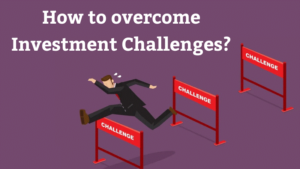
Even though there are some difficulties in the field of renewable energy investment, there is a broad range of solutions as mentioned below. Collaboration among the organizations and governments is important to improve the success of renewable energy investments
Multilateral Development Banks
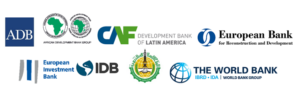
Multilateral banks are very important for the implementation of such projects. They provide loans that are more affordable than those of commercial banks but at lower interest rates and for longer periods of time. They also provide risk-mitigation guarantees that decrease the cost of financing for private sector investors and thereby improve the attractiveness of projects. It is important, particularly for the countries that fail to attract investments to finance their green projects.
Government Interventions and Policy Clarity
Governments can make renewable energy investing less complicated with clear, stable and long-term policy frameworks. The simplification of intricate permit procedures and keeping support programs is the largest measure that the regulatory bodies can take to improve investors’ confidence. Transparent guidelines for land use and grid connection also make project planning easier for new plans. Long term policy support from governments gives investors confidence to invest in renewable energy projects.
Innovative Financing
New financing mechanisms make renewable energy projects less out of reach. Power Purchase Agreements are long term contracts with energy buyers that provide static income streams for developers. Certain funding options like climate funds and green bonds attract investors interested in clean energy. Community investment programs are another way for local communities to get involved in renewable projects.
Grid & Storage Investments
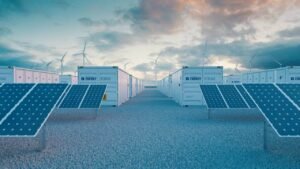
Improved power grids and storage systems are required for renewable energy to become successful. You also have smart grid technology which plays a huge role in managing fluctuating power supplies from wind and solar power. Energy storage systems, such as batteries, assure that power flows continuously, even when the sun is not shining or the wind is not blowing. These upgrades make renewable energy dependable and convenient. Latest storage devices are capable of running for longer periods to level daily and seasonal differences in renewable output.
Conclusion
The investment in renewable energy brings many opportunities as well as challenges. While it is becoming cheaper and has great government support, a few challenges remain like grid infrastructure and funding access need to be resolved. With these limitations in mind, there is still great hope for investment opportunities in renewables toward a low-carbon future.

